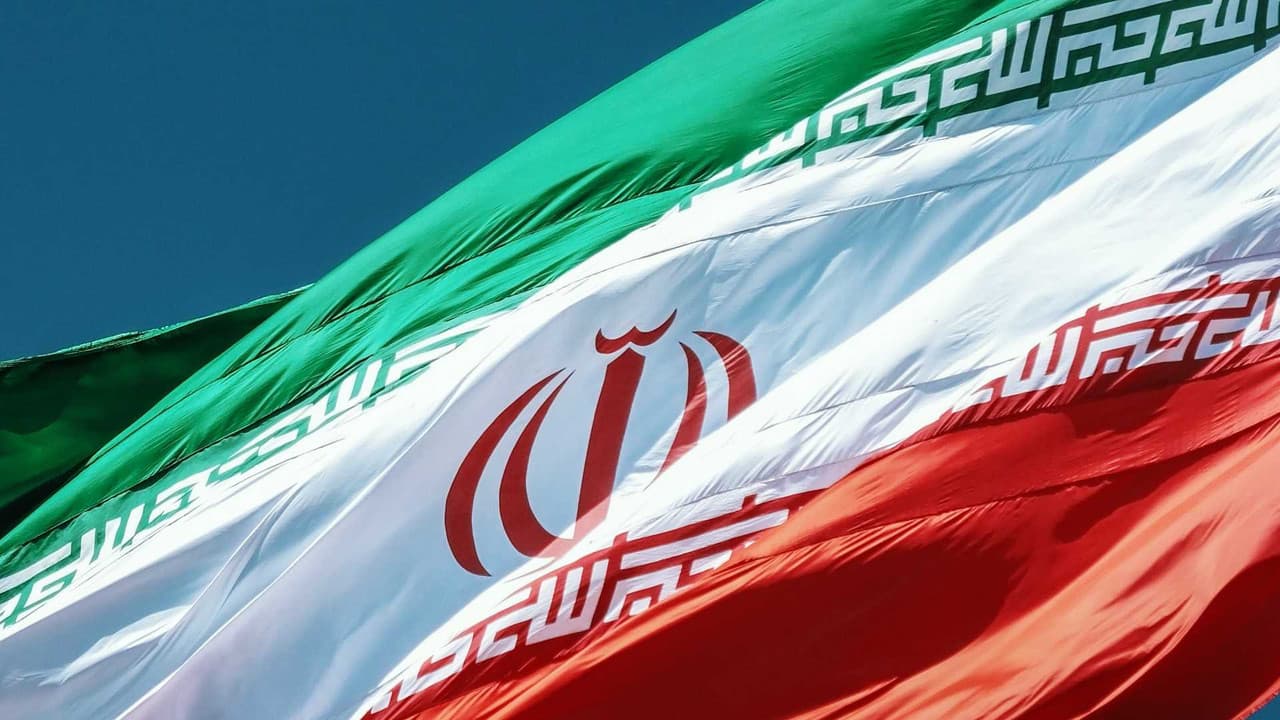Ensuring compliance with local labor laws is fundamental for businesses operating internationally. In Iran, the Labor Law outlines the rights and protections afforded to employees, covering various aspects of the employment relationship from hiring through termination. Understanding these regulations is crucial for maintaining fair and legal employment practices.
These protections aim to create a stable and equitable working environment, defining minimum standards for wages, working hours, safety, and employee welfare. Adhering to these standards is not only a legal requirement but also contributes to positive employee relations and operational stability.
Termination Rights and Procedures
Termination of employment in Iran is governed by specific rules designed to protect employees from arbitrary dismissal. Employers must generally have a valid reason for termination as defined by the Labor Law. Common valid reasons include employee misconduct, poor performance (after warnings), or significant changes in the workplace structure (though this is complex).
For terminations initiated by the employer without employee fault, specific notice periods and severance pay obligations apply. The required notice period often depends on the employee's length of service.
| Length of Service | Minimum Notice Period |
|---|---|
| Less than 1 year | As per contract/law |
| 1 year or more | As per contract/law |
Note: Specific notice periods can be influenced by the employment contract, collective agreements, and the specific circumstances of termination. Severance pay (often calculated based on years of service and final wage) is typically required for non-fault terminations.
Employees who believe they have been unfairly dismissed have the right to challenge the termination through the dispute resolution mechanisms outlined in the Labor Law.
Anti-Discrimination Laws
Iranian labor law includes provisions aimed at preventing discrimination in the workplace. These protections cover various stages of employment, including recruitment, terms and conditions of employment, promotion, and termination. Discrimination based on certain characteristics is prohibited.
| Protected Characteristic | Scope of Protection |
|---|---|
| Gender | Equal pay for equal work, non-discrimination |
| Religion | Non-discrimination |
| Ethnicity | Non-discrimination |
| Nationality | Non-discrimination (with specific rules for foreign nationals) |
| Disability | Non-discrimination, potential for reasonable accommodation |
Employees who experience discrimination can seek recourse through the labor authorities and the established dispute resolution process. Employers are expected to provide equal opportunities and treatment based on merit and qualifications, not protected characteristics.
Working Conditions Standards
The Labor Law sets minimum standards for working hours, rest periods, and leave entitlements to ensure employee well-being.
Standard working hours are generally limited:
| Period | Standard Hours |
|---|---|
| Daily | 8 hours |
| Weekly | 44 hours |
Overtime work is permitted under specific conditions and must be compensated at a higher rate than the standard wage. Employees are also entitled to daily and weekly rest periods.
Key leave entitlements include:
- Annual Leave: Employees are entitled to paid annual leave, typically calculated based on length of service.
- Sick Leave: Provisions exist for paid sick leave, subject to medical certification.
- Public Holidays: Employees are entitled to paid leave on official public holidays.
- Other Leave: Specific provisions may exist for maternity leave, marriage leave, and bereavement leave.
These standards represent minimum requirements, and employment contracts or collective agreements may provide for more favorable conditions.
Workplace Health and Safety
Employers have a legal obligation to provide a safe and healthy working environment for their employees. This includes taking measures to prevent accidents and occupational diseases.
Employer responsibilities typically involve:
- Identifying and assessing workplace hazards.
- Implementing control measures to mitigate risks.
- Providing necessary safety equipment and protective gear.
- Ensuring machinery and equipment are safe.
- Providing employees with adequate training on safety procedures and risks.
- Establishing procedures for reporting accidents and incidents.
Employees also have responsibilities to follow safety rules and use provided safety equipment. They have the right to report unsafe conditions and refuse to perform work that poses an imminent and serious danger, without fear of reprisal. Labor authorities are responsible for inspecting workplaces and enforcing health and safety regulations.
Dispute Resolution Mechanisms
When workplace disputes arise between employers and employees, the Labor Law provides a structured process for resolution. This process is designed to facilitate fair and impartial handling of grievances.
The typical dispute resolution path involves several stages:
- Initial Consultation/Negotiation: Parties are encouraged to resolve issues directly.
- Referral to the Labor Office: If direct resolution fails, the employee (or employer) can file a complaint with the local labor office. The labor office often attempts conciliation or mediation.
- Dispute Resolution Boards: If conciliation is unsuccessful, the case is referred to a tripartite Dispute Resolution Board, composed of representatives from the government, employers, and employees. These boards hear evidence and issue binding decisions.
- Appeals: Decisions of the Dispute Resolution Boards can typically be appealed to higher labor authorities or potentially the administrative justice courts.
Employees have the right to representation during these proceedings. This multi-step process ensures that labor disputes are addressed systematically, providing employees with avenues to seek redress for violations of their rights under the Labor Law.
Employ top talent in Iran through our Employer of Record service
Book a call with our EOR experts to learn more about how we can help you in Iran







Book a call with our EOR experts to learn more about how we can help you in Iran.
Trusted by more than 1000 companies around the globe



